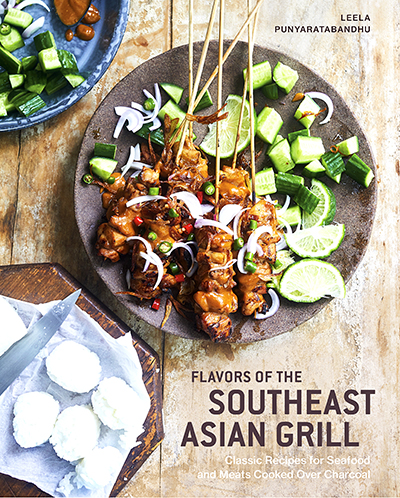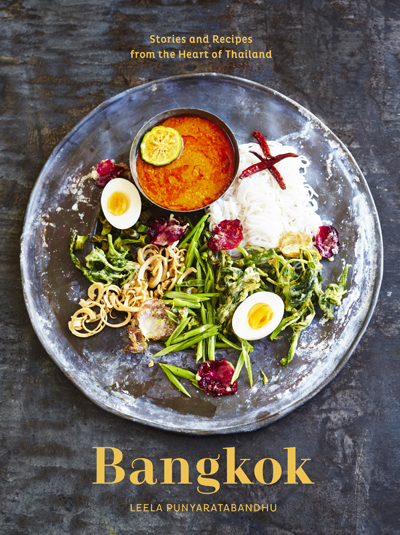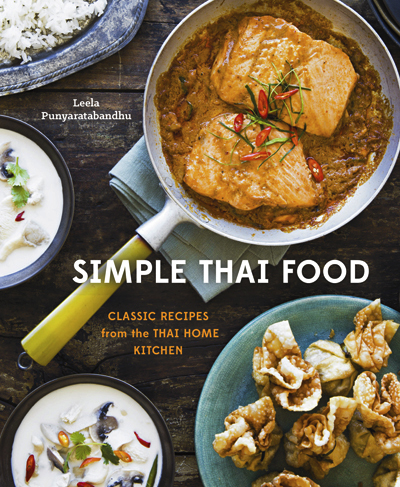
This dish could have been relegated to one of the posts in the remix category. But that seems unfair to these tender, crispy, fatty, sour, garlicky short ribs. Something this good deserves its own post.
Preparing beef short ribs this way isn’t common in Thai cooking, and I kind of surprised myself as I picked up some beautiful beef short ribs from the butcher when the first thought that came to me was that I should ferment them. But with the experiment ending up so well, this has officially been filed under ‘Things to Make Every Month.’
All you have to do is follow the instructions in my earlier post on soured pork ribs, substituting beef short ribs for pork rib tips. After the fermentation, wash off all the garlic and rice bits, simmer the short ribs in a pot of water (just enough to cover the ribs) for about one to one and a half hours to tenderize them. (To keep the meat on the bones, simmer gently and don’t stir them around too much). Then fish the tender ribs out of the liquid and sear them in a dry skillet over medium-high heat until the exteriors are crispy and golden brown.
[Added: November 7th, 2011 – Since then I have found that the best way to cook the fermented short ribs is to cook them sous vide then sear them crisp before serving. Cooking the ribs sous vide allows them to get tender without the fermented flavor leaching out into the cooking liquid. Another good way to tenderize the ribs without losing the fermented tang is to braise them long and slow in the oven with just enough water to cover them. Cover the pan with a piece of foil the entire time, then remove it toward the end to allow the liquid to evaporate and form a sticky “sauce” coating the ribs.]
The end result will somewhat remind you of the Italian porchetta or Mexican carnitas — albeit beefy and with the fermented tang. This is perfect eaten with warm jasmine rice or sticky rice.












